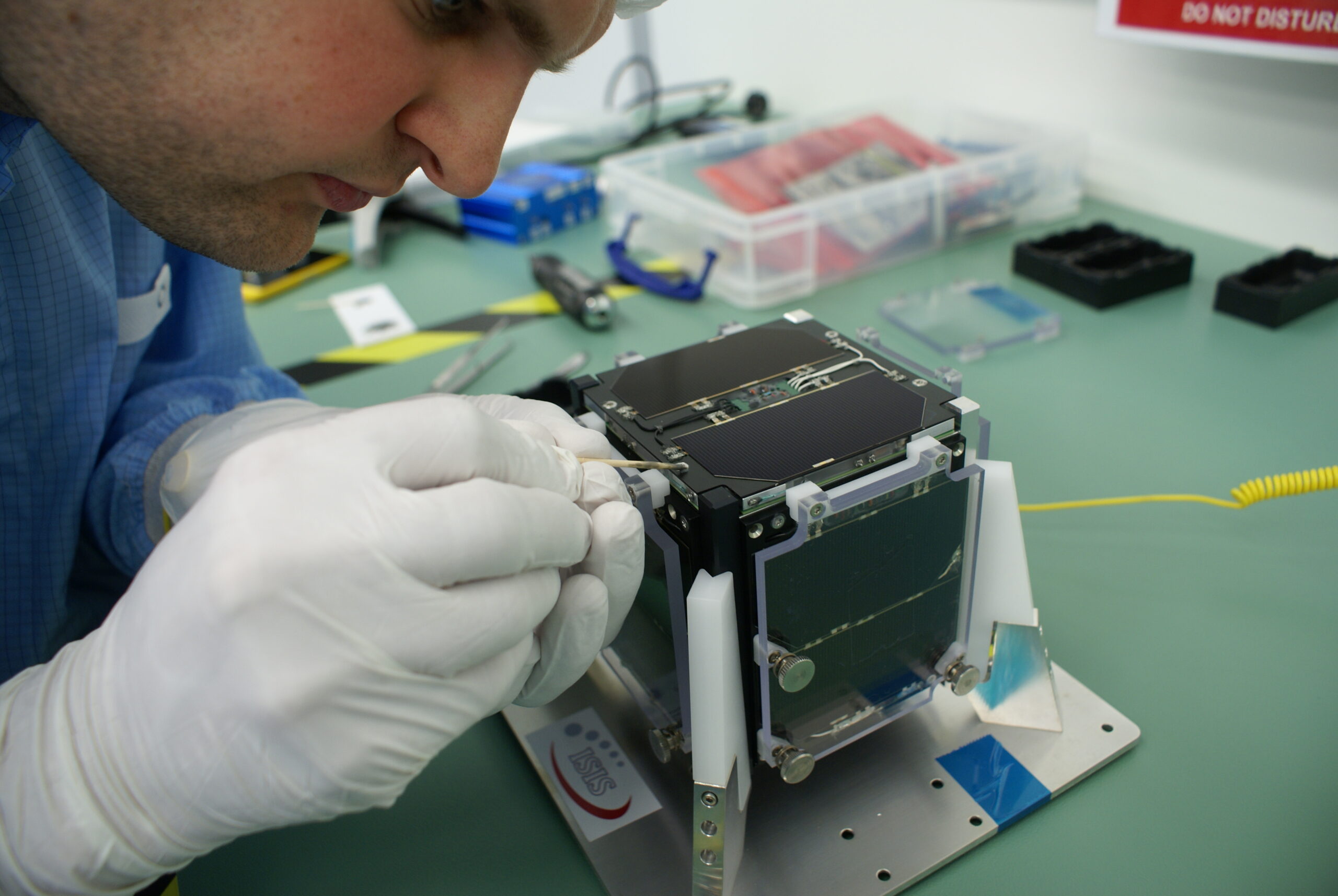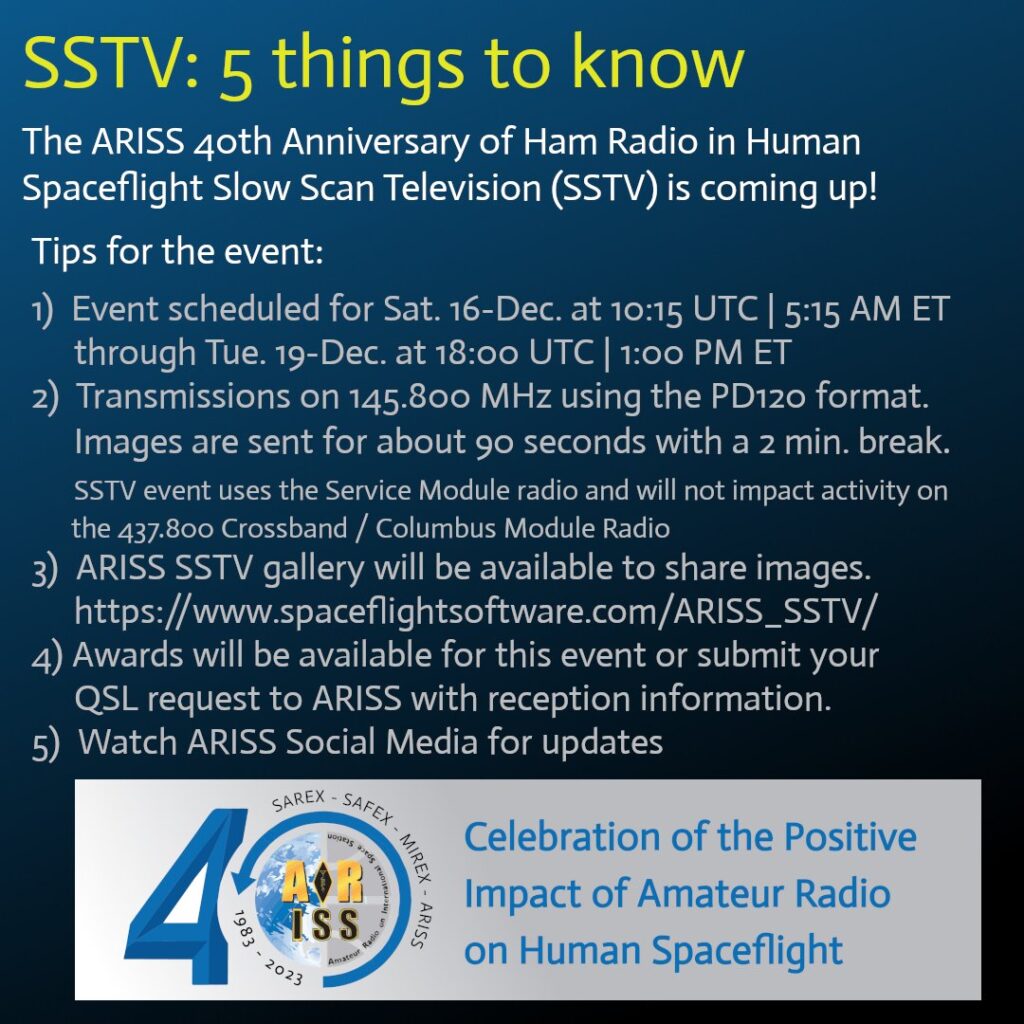Another year has passed and FUNcube 1 has continued to operate from its orbit around 600km above the earth. To start with some statistics. The spacecraft creates and downlinks data in frames that run for two minute periods. It has now transmitted more that 16 million of these frames or “Sequence Numbers”. Another big statistic is that more than 10 million data packets have been received by stations that have forwarded them to our Data Warehouse.
You can see the leading ground stations here http://warehouse.funcube.org.uk/ui/fc1-fm/satellite_ranking – special congratulations to those at the top scorers…many of them have individually forwarded more than 1 million packets. Thanks to all contributors around the world. Having this network of ground stations has enabled us to easily monitor the status of the spacecraft easily.
Back here on earth, as mentioned, we have continued to monitor the health of the spacecraft as these illumination levels and spin/tumble rates have changed over the months.
Whilst mentioning big numbers, we are now approaching 48500 orbits and this equates to a distance travelled of 2174091840000000000000000000 fermis since launch. That’s 2.1 ronnafermis. Yes these are genuine SI Units of Measure and are equivalent to 14.16 AU or almost half way to Neptune.
After some time in full sun, the spacecraft is now experiencing “normal” eclipse periods of around 25 minutes each orbit. This will reduce the on board temperatures and may influence the tumble rate which has been between 2 and 5 seconds for some time. The is quite fast and is not helping telemetry reception with our 5 second data frame mentioned above.
The present operational schedule is for high power telemetry when in sunlight and receive only when in eclipse. This seems to suit the EPS quite well and the battery bus voltages have been quite stable.
At least that was correct until early morning on Friday 11th November when the indicated bus voltage appeared to “drop off a cliff” over the period of just four orbits. Further analysis showed that the 3.3V bus consumption had suddenly jumped four times normal. As can be seen by the graph above this problem then disappeared just as suddenly and the bus voltage recovered quite quickly. Investigations are continuing!
Please keep the telemetry reports coming in and let us know if you would like a Fitter message uploaded for any educational or outreach events.





